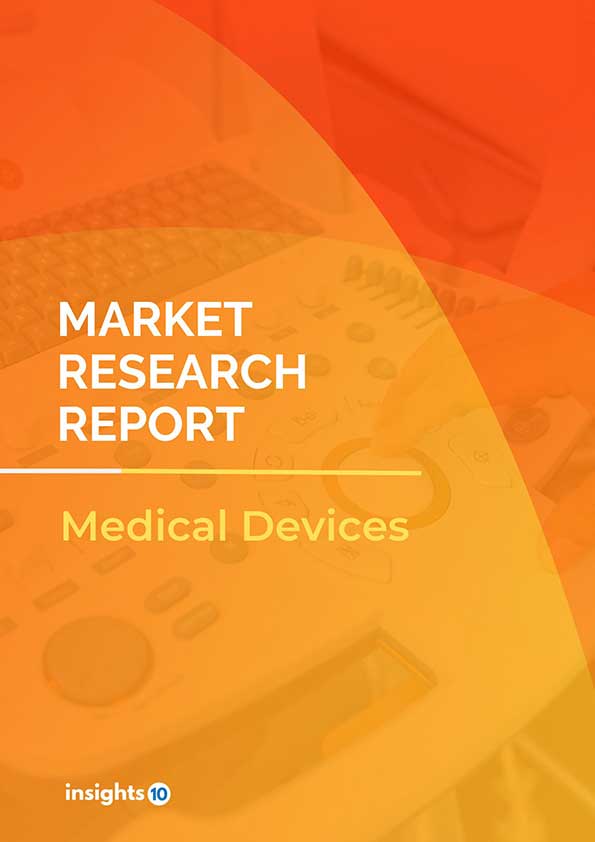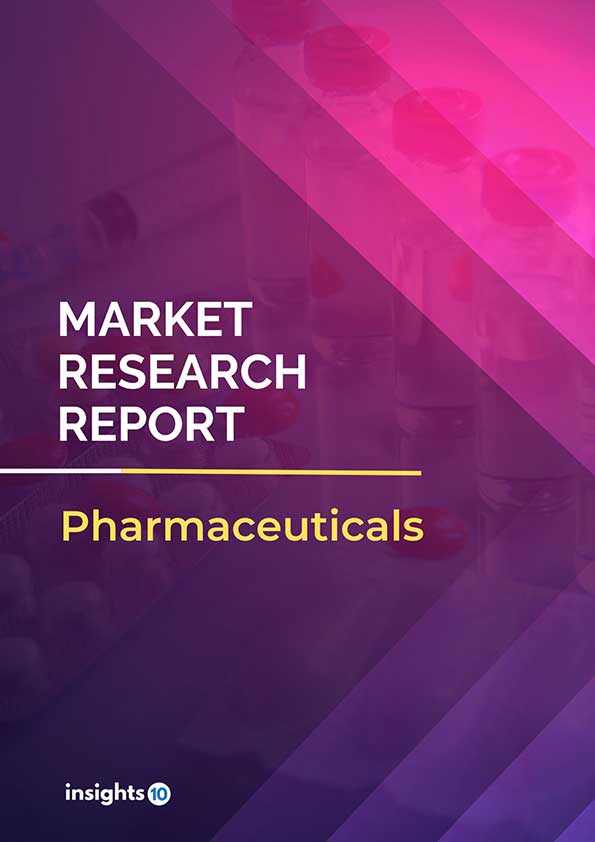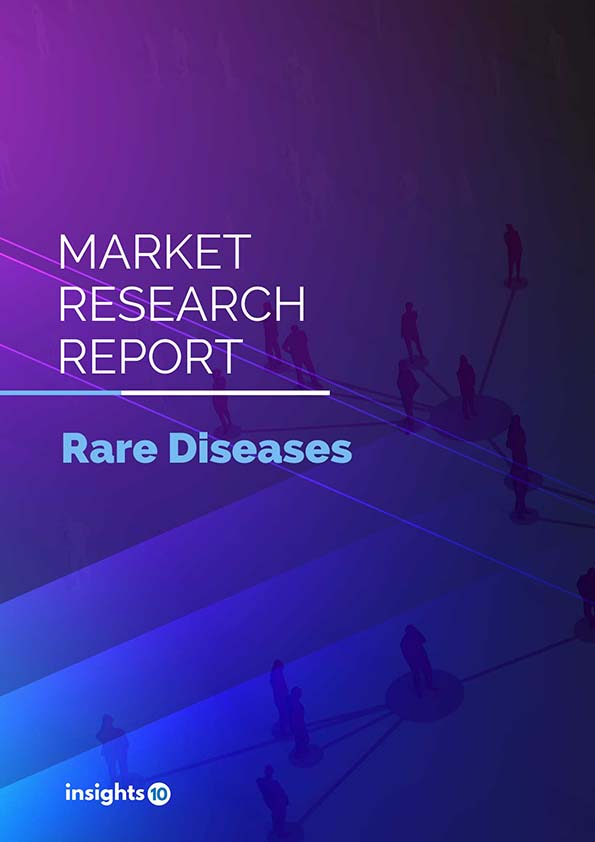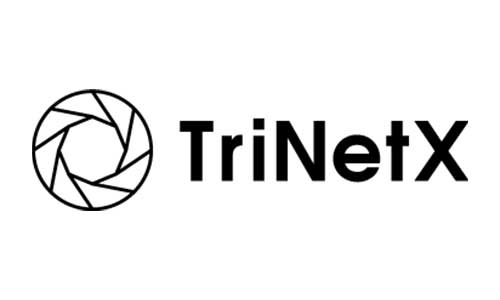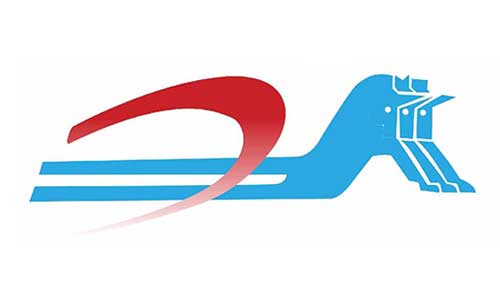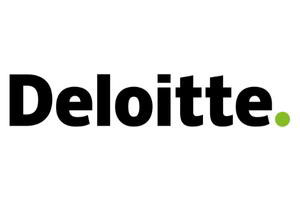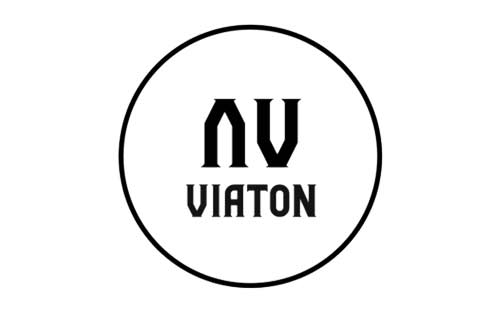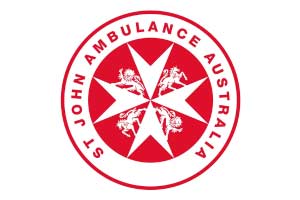China Biosensors Market Analysis
The China Biosensors Market was valued at $2323.2 Mn in 2023 and is predicted to grow at a CAGR of 9.5% from 2023 to 2030, to $4385.1 Mn by 2030. The key drivers of the market include increasing burden of chronic diseases, technological advancements, and growing demand for Point-of-Care (POC) testing. The prominent players of the China Biosensors Market are Abbott Laboratories, Biosensors International, Bio-Rad International, DowDuPont, and Masimo Corporation, among others.
Buy Now

China Biosensors Market Executive Summary
The China Biosensors market is at around $2323.2 Mn in 2023 and is projected to reach $4385.1 Mn in 2030, exhibiting a CAGR of 9.5% during the forecast period.
Biosensors are devices that convert a biological response into a measurable electrical signal. They generate signals which are proportional to the concentration of the analyte in the reaction. Applications of biosensors include disease monitoring, drug discovery and development, and the identification of contaminants, pathogen-causing microorganisms, and disease-indicating markers in physiological fluids such as blood, urine, saliva, and sweat. A biosensor consists of components, namely the analyte, bioreceptor, transducer, electronics, and the display. Analyte is the target molecule which is to be detected in a sample. For instance, an analyte could be glucose which is to be measured in a diabetic patient. A bioreceptor is molecule that specifically recognises the analyte. Examples of bioreceptors include enzymes, cells, aptamers, DNA, and antibodies. Bio-recognition is the process of generating a signal in the form light, heat, pH, charge or mass shift when the bioreceptor and analyte interact. Lastly, the display consists of a user interpretation system such as the LCD of a computer or a direct printer which generates an output based on the requirements of the end user.
China faces a significant challenge in managing chronic diseases, leading to reduced quality of life and well-being of its citizens. The China Biosensors Market is thus driven by significant factors such as the increasing burden of chronic diseases, technological advancements, and growing demand for Point-of-Care (POC) testing. However, stringent regulatory requirements, technical challenges, and data management issues restrict the growth and potential of the market.
The leading players of the China Biosensors Market are Abbott Laboratories, Biosensors International, Bio-Rad International, DowDuPont, and Masimo Corporation, among others.

Market Dynamics
Market Growth Drivers
Increasing Burden of Chronic Diseases: There is almost 70% of the total burden of diseases on the healthcare system and the well-being of its citizens. The increasing prevalence and incidence of chronic illnesses such as diabetes, heart disease, and cancer require long-term healthcare for patients which can create a burden on the patients. Biosensors is a convenient tool for patients to track important health metrics from the comfort of their homes, reducing the need for regular hospital visits. This real-time monitoring improves chronic disease management and early intervention, preventing complications and improving the prognosis of the illness, fuelling the growth of the biosensors market.
Technological Advancements: Technological advancements in biosensors are on a continuous rise, with novel applications like fluorescence tagging and nanomaterials such as graphene and carbon nanotubes boosting their sensitivity and detection limits. Progress in nanotechnology, materials science, and microfabrication techniques, smaller biosensors have been developed, offering greater sensitivity, specificity, and quicker reaction times, making them more efficient for various applications. Wearable biosensors now incorporate biocompatible materials to reduce the risk of body rejection and ensure patient comfort. Additionally, the integration of biosensors with AI and ML algorithms enhances data analysis accuracy and efficiency, facilitating personalized healthcare and early disease detection. These technological advancements significantly improve biosensor performance, driving growth in the biosensors market.
Growing Demand for Point-Of-Care (POC) Testing: The rising demand for Point-Of-Care (POC) testing is a primary driver of growth in the biosensors market for several key reasons. Biosensors are well-suited for POC testing as they offer advantages such as portability, user-friendliness, and quick results, which traditional lab-based methods often do not provide. Furthermore, POC testing with biosensors improves healthcare accessibility, especially in remote locations or for patients with mobility issues. The COVID-19 pandemic highlighted the importance of POC testing, with biosensors playing a pivotal role in managing the outbreak. Therefore, the increasing demand for POC testing is contributing to the expansion of the biosensors market.
Market Restraints
Stringent Regulatory Requirements: People’s health can be greatly impacted by biosensors, especially those meant for medical applications. Biosensor companies have to comply with the regulations of General Data Protection Regulation (GDPR) and Health Insurance Portability and Accountability Act (HIPAA). Although rigid guidelines ensure patient safety and market trust, the lengthy and expensive approval process can delay the launch of innovative biosensor technologies. This can ultimately prevent innovation and limit patient access to these tools. Also, strict regulatory requirements lead to higher costs to the developers which leads to an increased price of biosensors. Thus, strict regulatory requirements prevent the full expansion of the Biosensors Market.
Technical Challenges: Despite the continuous progress in biosensors transforming healthcare, several technical challenges persist. Enhancing biosensor sensitivity, specificity, and accuracy is essential for precise diagnoses. One significant hurdle is the sensor's ability to distinguish the target analyte from other sample constituents. Additionally, detecting low analyte concentrations is vital for early disease diagnosis and environmental monitoring, but achieving this level of sensitivity in complex biological samples remains difficult. Ensuring reproducibility of biosensor results is also critical yet challenging.
Data Management Issues: The health data generated by biosensors is both useful and plentiful, necessitating effective storage, organization, and analysis. Achieving this requires a robust data management infrastructure and advanced solutions, which can be costly and challenging to manage. Accurate and precise data is critical for effective analysis and decision-making, especially in the medical field, where poor data quality can result in incorrect and harmful decisions for patients. Additionally, integrating data from multiple biosensors can be difficult due to varying formats, standards, and protocols, hindering data sharing and interoperability across departments. These data management challenges can ultimately limit the growth of the biosensors market.
Regulatory Landscape and Reimbursement Scenario
China’s pharmaceutical regulatory authority was previously called China Food and Drug Administration (CFDA) which was renamed to National Medicinal Products Administration (NMPA) in 2018. The NMPA is the government agency which is responsible for regulating the pharmaceuticals, cosmetics, medical devices, and in-vitro diagnostics in the nation.
The effectiveness and safety of medications, medical equipment, and cosmetics sold in China are ensured by the NMPA. This entails checking applications, carrying out examinations, and monitoring post-market risks. Also, the whole medical product life cycle, from research and development to manufacture, marketing, and distribution, is governed by rules that are created and enforced by the NMPA. The Chinese Pharmacopoeia, which establishes quality standards for pharmaceuticals, is one of the requirements they set for the safety and quality of medicinal products. By expediting the approval procedures for cutting-edge medications and equipment, the NMPA promotes research and development of new and improved medical products.
The NRDL is the main pathway for pharmaceutical reimbursement in China, with primary goal being to improve affordability of drug treatments. The reimbursement landscape for pharmaceuticals in China is complex and prioritizes cost-effectiveness. Even though there are several advantages to being an NRDL member, there are competition in the process and significant cost savings. It is essential for pharmaceutical companies doing business in China to comprehend this framework.
Competitive Landscape
Key Players
Here are some of the major key players in the China Biosensors Market:
- Abbott Laboratories
- Biosensors International
- Bio-Rad International
- DowDuPont
- Masimo Corporation
- Meridian Bioscience
- Nix Biosensors
- Pinnacle Technology
- Aryballe
- Medtronic
1. Executive Summary
1.1 Device Overview
1.2 Global Scenario
1.3 Country Overview
1.4 Healthcare Scenario in Country
1.5 Regulatory Landscape for Medical Device
1.6 Health Insurance Coverage in Country
1.7 Type of Medical Device
1.8 Recent Developments in the Country
2. Market Size and Forecasting
2.1 Market Size (With Excel and Methodology)
2.2 Market Segmentation (Check all Segments in Segmentation Section)
3. Market Dynamics
3.1 Market Drivers
3.2 Market Restraints
4. Competitive Landscape
4.1 Major Market Share
4.2 Key Company Profile (Check all Companies in the Summary Section)
4.2.1 Company
4.2.1.1 Overview
4.2.1.2 Product Applications and Services
4.2.1.3 Recent Developments
4.2.1.4 Partnerships Ecosystem
4.2.1.5 Financials (Based on Availability)
5. Reimbursement Scenario
5.1 Reimbursement Regulation
5.2 Reimbursement Process for Diagnosis
5.3 Reimbursement Process for Treatment
6. Methodology and Scope
China Biosensors Market Segmentation
By Technology
- Electrochemical Biosensors
- Optical Biosensors
- Piezoelectric Biosensors
- Thermal Biosensors
- Nanomechanical Biosensors
By Product
- Wearable Biosensors
- Non-wearable Biosensors
By Application
- Medical Diagnostics
- Food Safety
- Environmental Monitoring
- Agriculture and Bioreactor Monitoring
- Other
Methodology for Database Creation
Our database offers a comprehensive list of healthcare centers, meticulously curated to provide detailed information on a wide range of specialties and services. It includes top-tier hospitals, clinics, and diagnostic facilities across 30 countries and 24 specialties, ensuring users can find the healthcare services they need.
Additionally, we provide a comprehensive list of Key Opinion Leaders (KOLs) based on your requirements. Our curated list captures various crucial aspects of the KOLs, offering more than just general information. Whether you're looking to boost brand awareness, drive engagement, or launch a new product, our extensive list of KOLs ensures you have the right experts by your side. Covering 30 countries and 36 specialties, our database guarantees access to the best KOLs in the healthcare industry, supporting strategic decisions and enhancing your initiatives.
How Do We Get It?
Our database is created and maintained through a combination of secondary and primary research methodologies.
1. Secondary Research
With many years of experience in the healthcare field, we have our own rich proprietary data from various past projects. This historical data serves as the foundation for our database. Our continuous process of gathering data involves:
- Analyzing historical proprietary data collected from multiple projects.
- Regularly updating our existing data sets with new findings and trends.
- Ensuring data consistency and accuracy through rigorous validation processes.
With extensive experience in the field, we have developed a proprietary GenAI-based technology that is uniquely tailored to our organization. This advanced technology enables us to scan a wide array of relevant information sources across the internet. Our data-gathering process includes:
- Searching through academic conferences, published research, citations, and social media platforms
- Collecting and compiling diverse data to build a comprehensive and detailed database
- Continuously updating our database with new information to ensure its relevance and accuracy
2. Primary Research
To complement and validate our secondary data, we engage in primary research through local tie-ups and partnerships. This process involves:
- Collaborating with local healthcare providers, hospitals, and clinics to gather real-time data.
- Conducting surveys, interviews, and field studies to collect fresh data directly from the source.
- Continuously refreshing our database to ensure that the information remains current and reliable.
- Validating secondary data through cross-referencing with primary data to ensure accuracy and relevance.
Combining Secondary and Primary Research
By integrating both secondary and primary research methodologies, we ensure that our database is comprehensive, accurate, and up-to-date. The combined process involves:
- Merging historical data from secondary research with real-time data from primary research.
- Conducting thorough data validation and cleansing to remove inconsistencies and errors.
- Organizing data into a structured format that is easily accessible and usable for various applications.
- Continuously monitoring and updating the database to reflect the latest developments and trends in the healthcare field.
Through this meticulous process, we create a final database tailored to each region and domain within the healthcare industry. This approach ensures that our clients receive reliable and relevant data, empowering them to make informed decisions and drive innovation in their respective fields.
To request a free sample copy of this report, please complete the form below.
We value your inquiry and offer free customization with every report to fulfil your exact research needs.
